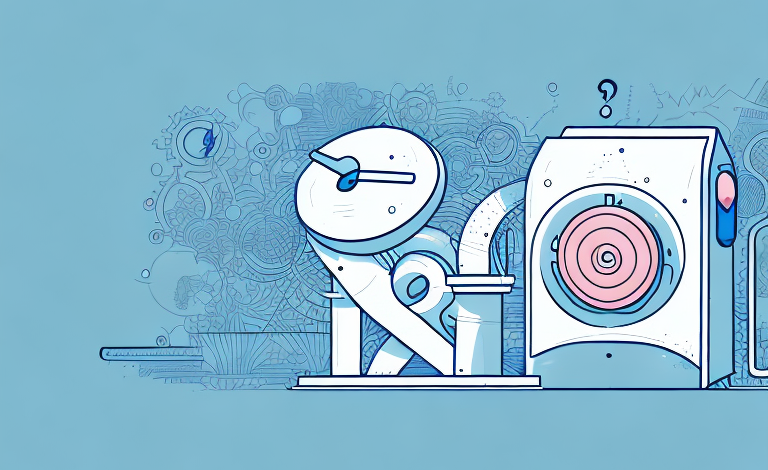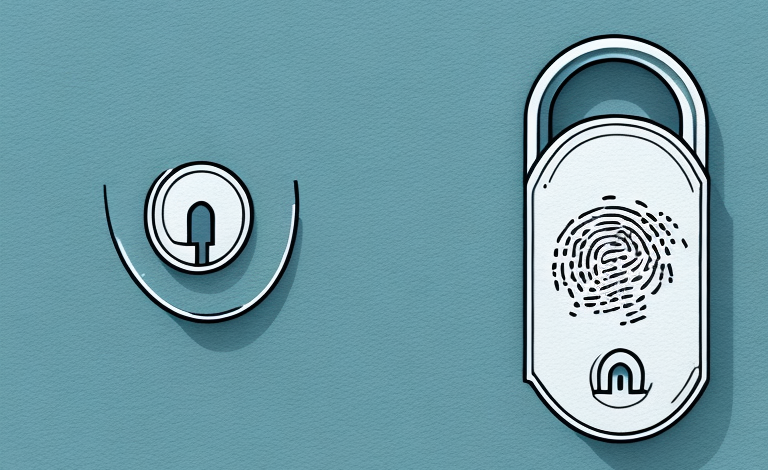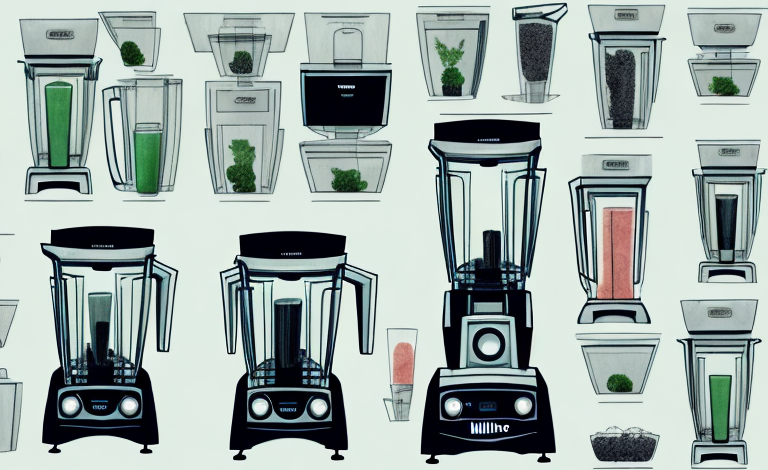Blenders are an essential kitchen appliance that many of us use on a daily basis. From making smoothies and soups to grinding coffee, blenders perform a variety of tasks that help us save time in the kitchen. However, like all machines, blenders also have a finite lifespan. In this article, we’ll explore the factors that affect the lifespan of a blender, signs that it’s time to replace your blender, and tips for choosing a long-lasting blender that will withstand the test of time.
Factors that affect the lifespan of a blender
Several factors can affect the lifespan of a blender, such as the type of blender, how often it’s used, and how well it’s maintained. High-quality blenders made from durable materials like stainless steel can last for several years, while budget blenders made from plastic may wear out faster. Additionally, the frequency of use and the intensity of the blender’s workload can also impact its lifespan. If you use your blender on a daily basis, then it may not last as long as if you only use it occasionally.
Another factor that can affect the lifespan of a blender is how well it’s maintained. Regular cleaning and maintenance can go a long way in prolonging the life of your blender. For example, if you don’t clean your blender after every use, then the residue from the ingredients can build up and cause the blades to become dull, resulting in a reduced lifespan.
The environment in which the blender is used can also affect its lifespan. If the blender is used in a humid environment, it can cause rust and corrosion, which can damage the blades and motor. Similarly, if the blender is used in a dusty environment, the dust can accumulate inside the blender and cause it to malfunction.
Lastly, the type of ingredients used in the blender can also impact its lifespan. Hard and tough ingredients like ice, frozen fruits, and nuts can put a strain on the blades and motor, causing them to wear out faster. On the other hand, soft ingredients like fruits and vegetables are easier on the blender and can help prolong its lifespan.
Signs that it’s time to replace your blender
Although blenders can last for several years, there are signs that indicate that it’s time to replace your blender. One of the most obvious signs is that the blender stops working altogether. However, other signs like strange noises, a burning smell, or leaking could indicate that there’s an underlying problem that may not be fixable. If you notice that your blender is working slower than usual, struggling to blend soft ingredients, or the blades are dull and rusty, it may be time for an upgrade.
Another sign that it’s time to replace your blender is if you find that it’s not able to handle the volume of ingredients you need to blend. If you’re constantly having to blend in batches or the blender is overflowing, it may be time to invest in a larger or more powerful blender. Additionally, if you’re looking to make more complex recipes like nut butters or smoothie bowls, you may need a blender with more features like variable speed settings or a tamper.
It’s also important to consider the age of your blender when deciding whether to replace it. Even if it’s still functioning properly, if it’s over 10 years old, it may be time to upgrade to a newer model with more advanced technology and safety features. Newer blenders may also be more energy-efficient, which can save you money on your electricity bill in the long run.
Understanding the different types of blenders and their durability
There are several types of blenders available on the market, including immersion blenders, countertop blenders, and personal blenders. Each type has its own unique features and level of durability. Immersion blenders are designed to be lightweight and compact, but are generally less powerful than countertop blenders. Countertop blenders are more powerful and versatile, but can also take up more space on your countertop. Personal blenders are designed for on-the-go use and are often more compact than traditional countertop models.
When it comes to durability, high-end blenders made from stainless steel, glass, or high-grade plastic are generally more durable than budget blenders made from low-grade plastic. High-end blenders also come with longer warranties, which is an indication of their durability and longevity.
Another factor to consider when it comes to blender durability is the frequency of use. If you plan on using your blender frequently, investing in a high-end model may be worth it in the long run. However, if you only plan on using your blender occasionally, a budget model may suffice.
It’s also important to properly maintain your blender to ensure its longevity. Regularly cleaning the blades and container, and avoiding overfilling the container, can help prevent wear and tear on the blender and extend its lifespan.
How to maintain your blender to prolong its lifespan
The key to prolonging the lifespan of your blender is regular maintenance. Here are some tips to help you maintain your blender:
- Clean your blender after every use
- Use only approved cleaning agents
- Avoid overfilling the blender
- Avoid blending hard ingredients like ice or frozen fruits for extended periods
- Store your blender in a dry and cool location
In addition to these tips, it is important to also regularly check the blades of your blender. Over time, the blades can become dull or damaged, which can affect the performance of your blender and even cause it to break down. To check the blades, unplug the blender and carefully remove the blade assembly. Inspect the blades for any signs of damage or wear and tear. If you notice any issues, it may be time to replace the blades or take your blender in for professional maintenance.
Common blender problems and how to fix them
Some of the most common blender problems include blades that become dull or bent, leaks, and the motor burning out. Dull or bent blades can be easily fixed by sharpening or replacing them. Leaks can be fixed by tightening or replacing the gasket, and a burnt-out motor may need to be replaced entirely.
Another common problem with blenders is overheating. This can happen when the blender is used for an extended period of time or when it is overloaded with too many ingredients. To prevent overheating, it is important to follow the manufacturer’s instructions for use and to not overload the blender. If the blender does overheat, allow it to cool down before using it again.
Tips for choosing a long-lasting blender
When shopping for a new blender, it’s essential to consider factors like the type of blender, power, and durability. Look for blenders made from durable materials like stainless steel or high-grade plastic and avoid budget models made from low-grade plastic. Additionally, consider the power of the blender as higher-powered models tend to last longer. Finally, read reviews and compare warranties to get an indication of the blender’s durability.
Another important factor to consider when choosing a long-lasting blender is the ease of cleaning. Look for blenders with removable blades and jars that are dishwasher safe. This will make cleaning the blender a breeze and prevent any build-up of food or residue that could damage the blender over time. Additionally, consider the size and weight of the blender, as heavier models tend to be more durable and stable during use. By taking these factors into account, you can ensure that you choose a blender that will last for years to come.
Comparing the durability of high-end vs. budget blenders
High-end blenders made from quality materials like stainless steel or glass are generally more durable than budget blenders made from low-grade plastic. High-end models also come with longer warranties, indicating their durability and longevity. While budget models may be more affordable, they are often less powerful and made from low-quality materials, resulting in a shorter lifespan.
It’s important to consider the frequency of use when comparing the durability of high-end vs. budget blenders. If you plan on using your blender frequently, investing in a high-end model may be worth the extra cost in the long run. However, if you only plan on using your blender occasionally, a budget model may suffice. It’s also important to properly maintain and clean your blender to ensure its longevity, regardless of its price point.
The average lifespan of popular blender brands
The lifespan of a blender can vary depending on several factors like usage, maintenance, and quality of the blender. However, some popular blender brands like Vitamix and Blendtec are known for their durability and can last for several years with proper maintenance. Budget brands like Oster and Hamilton Beach may not last as long and may need to be replaced more frequently.
It is important to note that the lifespan of a blender can also be affected by the type of ingredients that are being blended. Blending tough ingredients like ice or frozen fruits can put more strain on the blender’s motor and blades, which can shorten its lifespan. On the other hand, blending softer ingredients like fruits and vegetables may not have as much of an impact on the blender’s lifespan.
Another factor to consider is the warranty offered by the blender manufacturer. Some brands offer longer warranties, which can give consumers peace of mind and protect their investment. It is important to read the warranty terms carefully and understand what is covered and for how long.
Best practices for using your blender to ensure maximum longevity
To ensure that your blender lasts as long as possible, there are some best practices you can follow:
- Avoid overloading your blender
- Avoid blending hard ingredients like ice or frozen fruits for extended periods
- Don’t operate your blender for longer than recommended by the manufacturer
- Store your blender in a dry and cool location
- Clean your blender regularly using approved cleaning agents
How to recycle or dispose of your old blender responsibly
When it’s time to replace your old blender, it’s important to dispose of it responsibly. Some blenders can be recycled, so check with your local recycling center to determine whether your old blender can be recycled. If the blender cannot be recycled, it’s important to dispose of it properly. Don’t throw it in the trash as it can harm the environment. Instead, check with your local waste management facility to determine the appropriate disposal method for your old blender.
In conclusion, the lifespan of a blender can vary depending on several factors like usage, maintenance, and quality of the blender. However, following best practices for maintenance and choosing high-quality blenders made from durable materials can help prolong the lifespan of your blender. When it’s time to upgrade, look for brands with a reputation for durability, and dispose of your old blender responsibly.



